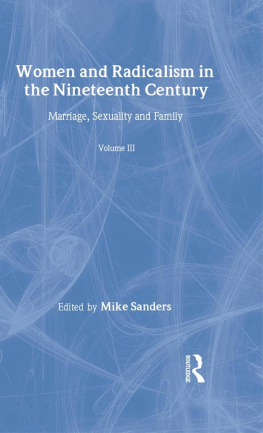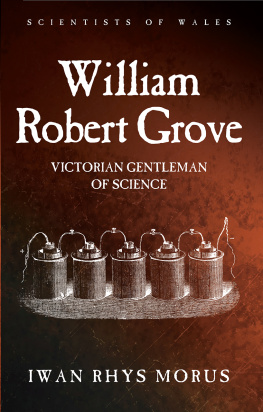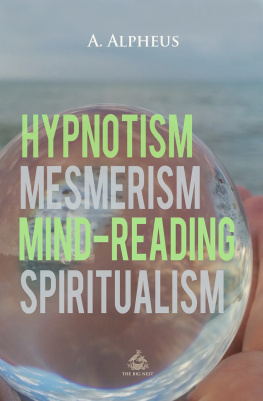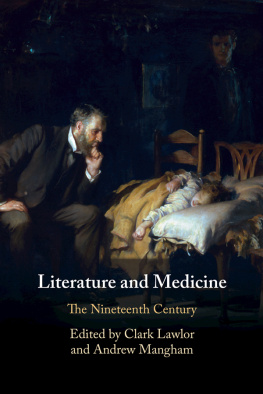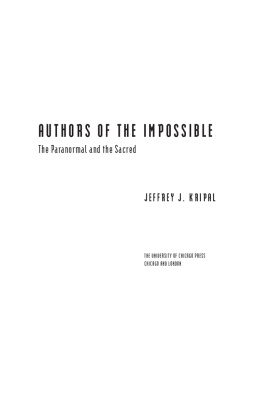First published 2012 by Pickering & Chatto (Publishers) Limited
Published 2016 by Routledge
2 Park Square, Milton Park, Abingdon, Oxon OX14 4RN
605 Third Avenue, New York, NY 10017, USA
Routledge is an imprint of the Taylor & Francis Group, an informa business
Copyright Taylor & Francis 2012
Copyright Editorial material Shane McCorristine 2012
To the best of the Publishers knowledge every effort has been made to contact relevant copyright holders and to clear any relevant copyright issues. Any omissions that come to their attention will be remedied in future editions.
All rights reserved, including those of translation into foreign languages. No part of this book may be reprinted or reproduced or utilised in any form or by any electronic, mechanical, or other means, now known or hereafter invented, including photocopying and recording, or in any information storage or retrieval system, without permission in writing from the publishers.
Notice:
Product or corporate names may be trademarks or registered trademarks, and are used only for identification and explanation without intent to in fringe.
BRITISH LIBRARY CATALOGUING IN PUBLICATION DATA
Spiritualism, mesmerism and the occult, 18001920.
1. Parapsychology Investigation History 19th century Sources. 2. Spiritualism History 19th century Sources. 3. Parapsychology Investigation History 20th century Sources. 4. Spiritualism History 20th century Sources. 5. Society for Psychical Research (Great Britain)
I. McCorristine, Shane, 1983
130.9034-dc23
ISBN-13: 978-1-84893-200-5 (set)
DOI: 10.4324/9781003112808
Typeset by Pickering & Chatto (Publishers) Limited
INTRODUCTION
The Spiritualist Sance
Imagine that you are thinking of attending a sance in the 1870s. You have heard and read of spiritualism and mediums, of how people can apparently contact the dead and gain information on the life beyond. They speak about breaking down the gulf between this life and the next and how the true Christianity must be a spiritualism of universal love and progress, not hellfire and damnation. But you are also aware that some mediums have been exposed as frauds, others have even been prosecuted. Some scientists have caused a stir by placing the phenomena of the sance under experimental investigation; William Crookes (18321919) and Alfred Russel Wallace (18231913) claim that there is something in it after all, and lambaste their materialist and sceptical colleagues for refusing even to countenance new discoveries and wonders. Yet you have been to magic shows and seen how conjurers can manifest the spirit world just as mediums do. You have heard how mesmerists can induce a somnambulistic sleep in normal people, and how in this trance they say they can travel all over the world and even into the heavens. Everyone seems to have a story about how they saw a vision of a loved one just before they died, but actually communicating with the dead? This is surely something worth considering.
The circle is formed of eight people sitting at a table in a dining room, brought together for reasons ranging from curiosity to bereavement. The participants sit in subdued gaslight with their palms flat on the table and the sense of anticipation grows. The singing of psalms, spiritualist songs or prayers commences when the medium enters and the rules are explained. The medium may request that the sitters hold hands, forming a chain or community of sensation and this, alongside the sounds and music in the background, draws the sitters into a magical zone where the mundane can become transcendental. A cool breeze is felt as the raps gradually begin to occur. Participants gasp in wonder as the table rocks from side to side. The spirits are here, the medium says, and soon the sitters hear spirit-instruments and the clapping of hands. They may smile in amazement as they see spirit-lights in the darkness and observe an ethereal halo near the medium. As the spirit-voices sing one sitter cries out that she has been splashed with water; another is patted on the head by a spirit-hand. Communications are opened and sentences are rapped out using the alphabet which indicates to some of the sitters that their loved ones are close at hand. The condition of the spirits and their progress through the different spiritual spheres is telegraphed to people sitting at the table. But the spirits present are always changing; some are identified as deceased relatives, others are unknown figures of dubious reliability. Spirit-flowers can be manifested, smelled and passed around. If the medium is particularly powerful she may enter a simple cabinet in the corner of the room where she is bound hand and foot. After some time has passed, faces and hands are seen in the aperture of the cabinet and musical instruments and several voices are heard. This is the phenomenon of materialization, and the medium, now more spirit than matter, opens the door to the cabinet where her robes may be touched and her lips brushed.
This summary of what a participant at a sance would experience serves as a point of departure for posing some questions about spiritualism and exploring how it was represented and contested. Whereas magical, occultist and, later, theosophical, practices were largely elitist in nature, spiritualism became a matter of great public controversy in the Western world in the 1850s precisely because it was so


